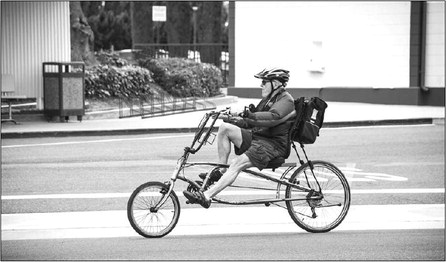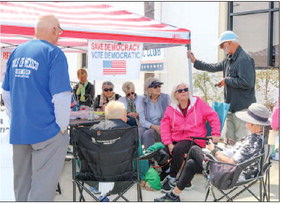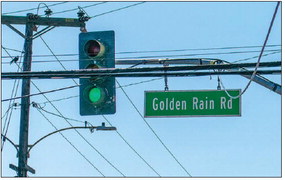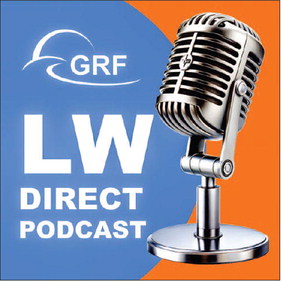2 bicycle. Always ride ….


2
bicycle. Always ride with at least one hand on the handlebars. Carry books or other items in a bicycle carrier or backpack.
• Watch for and avoid road hazards. Be on the lookout for potholes, broken glass, gravel, puddles, leaves and dogs, which can all cause crashes. If you are riding with friends and you are in the lead, yell out and point to the hazard to alert the riders behind you.
• Avoid riding at night. It is far more dangerous to ride at night than during the day because you are harder for others to see. If you have to ride at night, wear something that makes you more easily seen by others. Make sure you have reflectors on the front and rear of your bicycle (white lights on the front and red rear reflectors are required by law in California), in addition to reflectors on your tires, so others can see you.
• Protect yourself. Wear a properly fitted helmet. Many bicycle-related crashes resulting in injury or death are associated with the bicyclist’s behavior, including such things as not wearing a bicycle helmet, riding into a street without stopping, turning left or swerving into traffic that is coming from behind, running a stop sign, and riding the wrong way in traffic. To maximize your safety, always wear a helmet and follow the rules of the road.
Bike Safety and Rules of the Road Bicycles in many states are considered vehicles, and cyclists have the same rights and the same responsibilities to follow the rules of the road as motorists, according to the National Highway Traffic Safety Administration.
When riding, always:
• Go with the traffic flow. Ride on the right in the same direction as other vehicles. Go with the flow‚ not against it.
• Obey all traffic laws. A bicycle is a vehicle, and you’re a driver. When you ride in the street, obey all traffic signs, signals and lane markings.
• Yield to traffic when appropriate. Almost always, drivers on a smaller road must wait for traffic on a major or larger road. If there is no stop sign or traffic signal, and you are coming from a smaller roadway (out of a driveway, from a sidewalk, a bike path, etc.), you must slow down and look to see if the way is clear before proceeding. This also means yielding to pedestrians who have already entered a crosswalk.
• Be predictable. Ride in a straight line, not in and out of cars. Signal your moves to others.
• Stay alert at all times. Use your eyes and ears.
Watch out for potholes, cracks, wet leaves, storm grates or anything that could make you lose control of your bike.
You need your ears to hear traffic and avoid dangerous situations; don’t wear a headset while you ride.
• Look before turning. When turning left or right, always look behind you for a break in traffic, then signal before making the turn. Watch for left- or rightturning traffic.
• Watch for parked cars. Ride far enough out from the curb to avoid the unexpected from parked cars (like doors opening or cars pulling out).
Sidewalk vs. Street Riding
The safest place for bicycle riding is on the street, where bicycles are expected to follow the same rules of the road as motorists and ride in the same direction. In LW, cyclists are allowed on sidewalks, but they must slow down or stop for pedestrians when necessary.
For anyone riding on a sidewalk: • Watch for vehicles coming out of or turning into driveways.
• Stop at corners of sidewalks and streets to look for cars and to make sure the drivers see you before crossing.
• Enter a street at a corner and not between parked cars. Alert pedestrians that you are near by saying, “Excuse me” or “Passing on your left,” or use a bell or horn.
For more information on bicycle safety, visit the National Highway Traffic Safety Administration (NHTSA) website at www. nhtsa.dot.gov.
Pedestrians, Be Aware
According to the California Office of Traffic Safety (OTS), pedestrian fatalities are on the rise.
There was a more than 3 percent increase in the number of pedestrians killed in traffic crashes in 2018, totaling 6,283 deaths—the most deaths since 1990. While every pedestrian is at risk, older adults and children have a higher likelihood of being injured or killed while traveling by foot, wheelchair or stroller.
Sharing the road is crucial, as more Californians are choosing walking and bicycling as primary modes of transportation.
Everyone shares the responsibility to make sure California roads are safe for everyone.
For more information, visit https:// www. nhtsa. gov/ roadsafety/ pedestrian-safety.



